Postpartum period
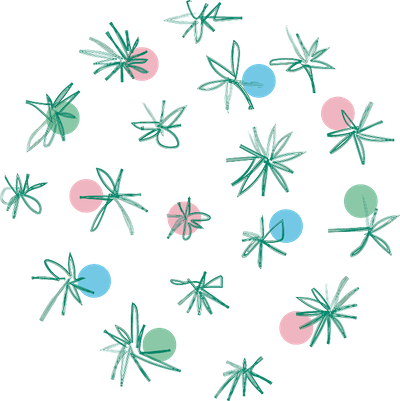
Your body changed a lot during the pregnancy. It worked hard to keep you and the baby healthy. Now that the baby is born, your body will undergo new changes.

VAGINAL DISCHARGE
After childbirth, there is a wound where the placenta attaches to the inner wall of your uterus. As it heals, vaginal discharge (lochia) similar to menstruation is secreted. On the first day after childbirth, there will be a lot of discharge; the bleeding may be stronger than during menstruation. With each passing day, the lochia should reduce – the discharge will become lighter until only a small amount of light mucus remains where there was bleeding. At times, the mucus will appear and at times not, until it will disappear completely within six to eight weeks after the birth.
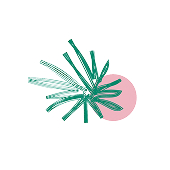
AFTERPAINS
Afterpains take the form of transient lower abdominal pain due to the contractions of the uterus. The pain may be stronger after a repeated birth, a multiple birth, and the birth of a large baby (macrosomia). Pain during breastfeeding may be exacerbated by the release of the hormone oxytocin, which stimulates the contractions of the uterus. Immediately after childbirth, the uterus is round, hard, and weighs approximately 1200 g, but 6 weeks after the birth, the uterus weighs only around 60 g, and it has returned to its prenatal state.
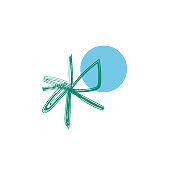
HYGENE
Personal hygiene is essential in the postpartum period. For the incisions to heal well, they must always be clean and dry, so it is recommended to wash yourself several times a day and change the sanitary pads frequently. If there is a burning or stinging sensation during urination, wash yourself after each use of the toilet.
Wash yourself with clean water, using special intimate care soap. When washing and wiping yourself after the toilet, move your hand from the front to the back. Wipe yourself with a clean towel intended for this purpose only. Remember to wash your hands before and after using the toilet. Use the shower; bathing is not recommended in the postpartum period.
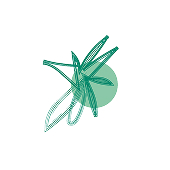
BREASTS
By about the third to fifth day after the birth, your breasts will swell, become harder and more sensitive; the colostrum will be replaced by milk. The baby’s first attempts to properly grasp and suckle on the breast will create nipple and areola cracks that are invisible to the eye. This manifests as tenderness and pain in the nipple area on the second and third days of breastfeeding.
For chapped, sore nipples, you can squeeze out some milk and massage it in, as well as use a special nipple care cream after each breastfeeding session. Wipe off the remnants of the cream from the breast before the next breastfeeding. Breasts do not need to be washed before each breastfeeding session; like the rest of the body, they are washed 1—2 times a day. Nipples occasionally require short-term exposure to air (“air baths”). It helps to heal cracks in the nipples and restore the skin’s natural microflora.
After childbirth, it is essential to wear a bra that supports the swollen breasts and, if necessary, use nursing pads to prevent the milk from leaking through.

CAESAREAN SECTION
Caesarean section is a surgical procedure after which a longer period of time may be required for the recovery and the promotion of physical well-being. You may feel very tired for the first two to three days or even a week after the operation. This is because you lost more blood during the procedure than in natural childbirth. The incision site in the front wall of the abdomen may hurt too.
You can use paracetamol, and more rarely non-steroidal anti-inflammatory drugs, to relieve the pain, but you must consult a doctor first. A postoperative belt may be used to reduce pain and discomfort. Ask for support and help with housework and childcare from your partner, family, and friends.

MENSTRUATION & OVULATION
The restoration of the menstruation cycle takes place for each woman individually. Depending on the body characteristics of the woman and the frequency of breastfeeding, the menstruation will arrive as early as the sixth week after the birth. It may take place without ovulation, so remember that breastfeeding is not a method of contraception, and subsequent pregnancy is possible even if there is no menstruation at all. If you are not breastfeeding, ovulation may return already in the second to fourth week after the birth, but it may also not be present throughout the breastfeeding.
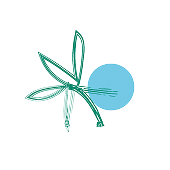
SEXUAL ACTIVITY
After a natural birth, but also after a Caesarean section, it takes time for the vaginal tears to heal. The area where the placenta was attached to the uterine wall takes the longest time to heal. You can safely start having intercourse six weeks following the childbirth, after consulting your healthcare provider and partner about the method of contraception that is the best for you. If you haven’t chosen your method of contraception yet, use a condom. The most suitable contraceptive methods after childbirth are:
- Intrauterine device
- Hormonal IUD
- Hormonal contraception: In the postpartum period, only progestin-containing birth control pills should be used - oestrogen is not recommended throughout the breastfeeding period
- Topical spermicides - pills, suppositories, creams that contain substances that make sperm immotile
- Condoms
The first sexual intercourse after the childbirth could cause some discomfort - your body lacks oestrogen, the mucous membranes are dry and sensitive.

EMOTIONAL WELL-BEING
Because of hormones, sleepless nights and the stress of new responsibility, the new mother may experience “baby blues” or postpartum sadness, which manifests as rapid mood swings, crying, sadness for no reason, or a feeling of not being appreciated. Around 75% women share this experience.
These transient emotions can be alleviated if the mother pays more attention to her own needs as well, such as by taking a walk, going out in the public and resuming hobbies. Remember that your emotional state after the childbirth can directly affect your and your baby’s wellbeing. Check up on yourself and, if necessary, ask for help and support!
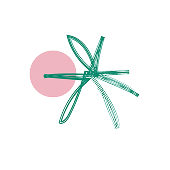
ALCOHOL / SMOKING
Do not smoke or drink alcohol during breastfeeding! Make sure to protect your child from all kinds of smoke!
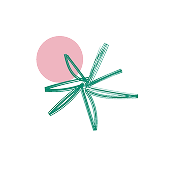
NUTRITION
Eating nutritious food is vital in the postpartum period. You should consume around 2600 kilocalories per day, or 30% more than before pregnancy. The diet must be balanced; it should contain the macro and micronutrients, as well as the vitamins that both you and your baby need.
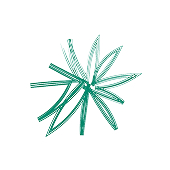
YOU SHOULD IMMEDIATELY CONSULT A DOCTOR IF, IN THE FIRST 6 WEEKS FOLLOWING THE BIRTH, YOU NOTICE THAT:
- Your vaginal discharge has an unpleasant odour
- Your body temperature rises
- You experience heavy bleeding
- You have severe abdominal pain
- The site of the incision or the post-surgical scar is swollen, becomes red, hard, and painful
- Milky discharge is secreted
- Urination is frequent and burns
- There is a swelling, hardening or redness in the chest or the leg
We wish you strength, patience and many beautiful moments with your baby!
Read more information here:



